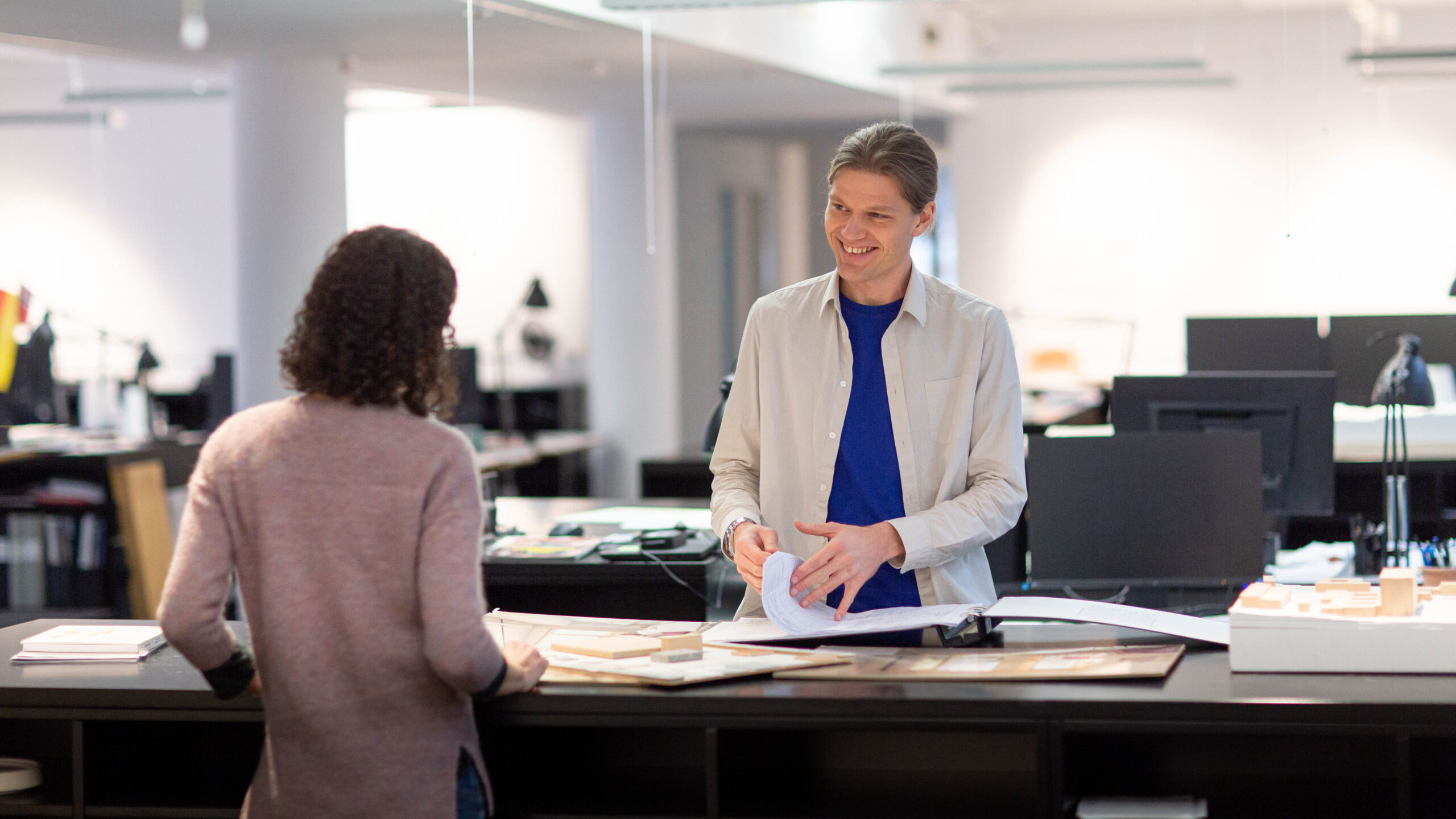Why were you interested in working with healthcare environments?
Several people in my family work with healthcare in various ways. As a child, I came into contact with a number of healthcare environments and got to see exciting analytical instruments and the large blood cooler at the blood centre at the hospital. It was fascinating! So perhaps it was a subconscious coincidence that I ended up working with healthcare design. Above all, I want to do something meaningful. Everyone will come into contact with the healthcare sector at some point, and it’s a democratic right that these environments be of a high quality and designed to cater for everyone. It’s really about helping people who are in difficult situations and ensuring that they have a warm and safe environment in which the staff have the conditions to do a good job.
How do you optimise the architecture for both patients and staff?
At White, we work with evidence-based design that is rooted in research when we design healthcare environments to provide the optimal environment for people’s recovery. Several of us at White have links to education. For instance, I teach about health-promoting environments at Chalmers University of Technology in Gothenburg. Of course, we also have to familiarise ourselves with the environments we’re designing and working with. We also invest our own resources in research – for example, I ran a project in which we explored the use of wood in healthcare environments. This can be a balancing act, because not everything can be easily measured. However, we know that a well-designed environment in a psychiatric unit can reduce the number of coercive measures needed.
